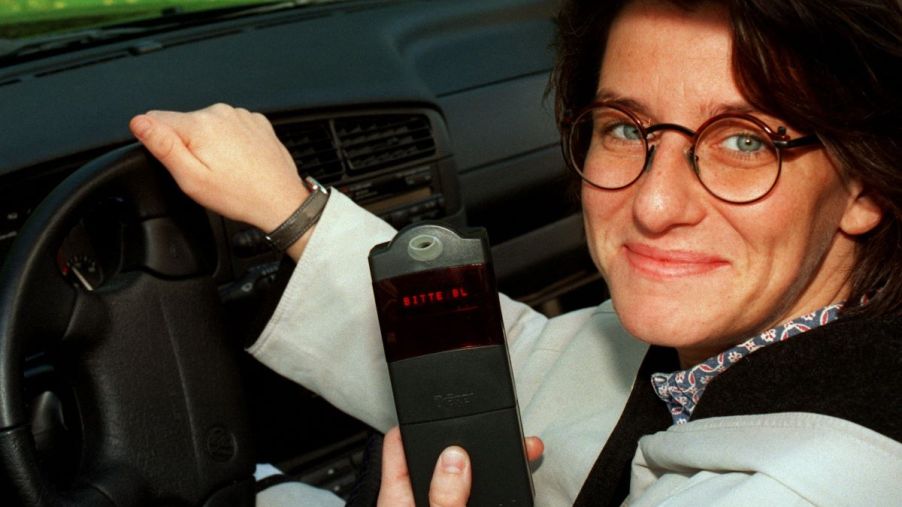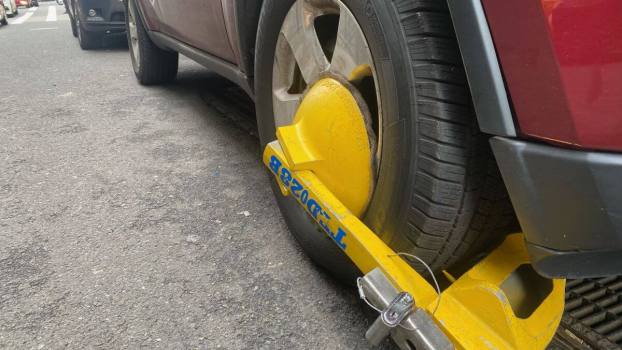
What Is the Difference Between a Car Immobilizer and a Kill Switch?
Car immobilizers and kill switches are two highly effective security systems designed to safeguard modern vehicles from theft. While they share the common car safety goal of preventing unauthorized use, they are quite different in terms of their functionality, placement, cost, and components. Let’s delve into the dissimilarities between car immobilizers and kill switches and shed some light on their unique characteristics.
What is a car immobilizer?
A car immobilizer is a security system designed to prevent unauthorized vehicle use. It is typically a standard feature in modern vehicles and is integrated into the electronic system. Its primary function is to immobilize the engine, making it impossible to start the car without the correct electronic key or transponder.
The car immobilizer system works by using an electronic code or signal that is transmitted between the key and the immobilizer unit installed in the vehicle. When the key is in the ignition, the immobilizer unit reads the code and verifies its authenticity. If the code is recognized as valid, the immobilizer unit allows the engine to start. However, the immobilizer prevents the engine from starting if an incorrect or unrecognized code is detected.
According to Make Use Of, car immobilizers are typically integrated into the vehicle’s factory-installed electronic system, meaning they are a built-in feature rather than an aftermarket addition. They are usually located in the vehicle’s electronic control unit (ECU) or a dedicated immobilizer module. Since they are integrated into the car’s system, immobilizers are difficult to bypass or disable without specialized knowledge and equipment.
What is a kill switch?
A kill switch, on the other hand, is an aftermarket security device that provides an additional layer of protection against vehicle theft, according to Way. It is a manual switch that can be installed in the ignition circuit, fuel pump, or starter motor circuit. The purpose of a kill switch is to interrupt the flow of power to these critical parts, effectively preventing the engine from starting.
Unlike a car immobilizer, which is a common factory-installed feature, a kill switch is typically added as an aftermarket modification. This means it is not a standard inclusion in most vehicles and needs to be installed separately.
Kill switches can be placed in hidden locations within the vehicle to make them harder to find and disable. They can be wired to different parts, like under the dashboard, inside the center console, or within the vehicle’s wiring harness.
The reliability of each as theft deterrent
Car immobilizers were initially effective in preventing vehicle theft as they provided a significant hurdle for thieves. However, as technology advances, thieves have developed methods to bypass or trick immobilizers.
Kill switches cannot prevent a determined thief from physically stealing your car. However, they can make it more challenging and time-consuming for thieves to start the engine. When paired with other security measures like GPS tracking systems, a kill switch can aid in the recovery efforts if the vehicle is stolen.
It is worth noting that both car immobilizers and kill switches can also be effective when used in combination with other security measures. Installing a kill switch with a car alarm system, steering wheel lock, or a GPS tracker can enhance security.
Protect your investment
By understanding the differences between car immobilizers and kill switches, you can make informed decisions about security measures. Always review security measures, stay informed about the latest theft techniques, and take appropriate precautions. After all, peace of mind is most important.




